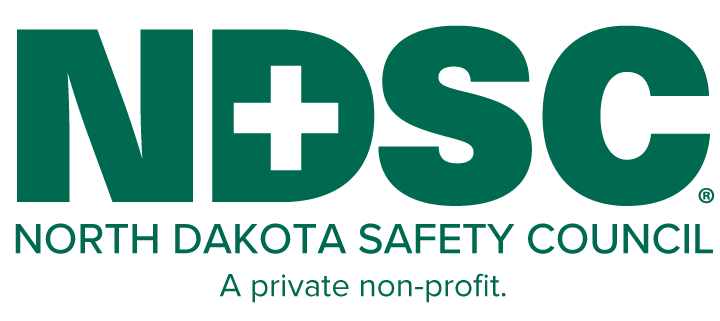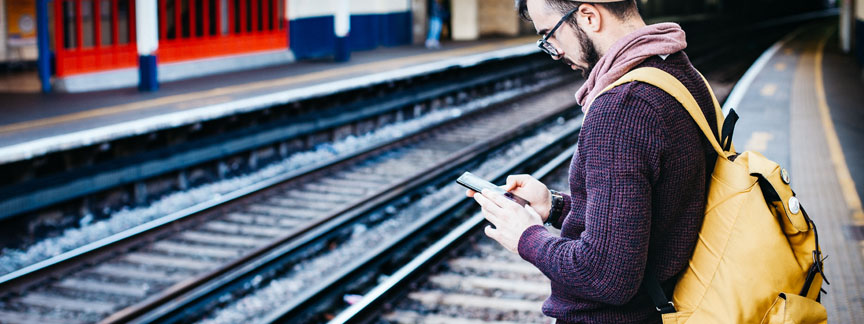Help #STOPTrackTragedies
Photography is more popular than ever. But whether you are an amateur or professional photographer, taking photos and videos on or near railroad tracks is dangerous – to you, your subjects and others. Why? Because trespassing along railroad rights-of-way is the leading cause of rail-related deaths in America.
According to preliminary statistics from the Federal Railroad Administration, last year 626 pedestrians were killed and 549 injured on railroad tracks in the U.S., with an additional 274 fatalities and 812 injuries resulting from vehicle-train collisions at rail crossings.
People mimic what they see – in today’s digital world especially. Taking and sharing images on or near railroad tracks and trains inadvertently suggests it’s a safe place to be – and it is not. No photo is ever worth the risk.
The North Dakota Safety Council leads Operation Lifesaver of the Dakotas, a state program coordinating with Operation Lifesaver, Inc. (OLI). OLI is a national rail safety nonprofit whose mission is educating drivers and pedestrians on staying safe around railroad tracks and trains. There are Operation Lifesaver programs in 47 states and the District of Columbia, providing free rail safety presentations customized for a range of audiences – including amateur and professional photographers.
This September 18-24, rail safety partners across North America are observing Rail Safety Week to raise public awareness of the importance of making safe choices near railroad tracks and trains. Professional photographers can protect themselves and their clients by never using railroad tracks as a location during Rail Safety Week and all year round.
Did you know?
· Railroad tracks are private property. Being on, or too close is not only dangerous but illegal.
· Today’s trains are quieter and moving faster than you think. They cannot stop quickly and have no steering wheel.
· Trains always have the right-of-way and can come at any time, on any track in either direction.
· Passenger and transit trains can travel over 100 mph.
· Over 60% of collisions between trains and vehicles happen at locations with crossing lights and gates.
How can you help?
· Lead by example. Do not take or share photos with subjects standing on or near railroad tracks.
· Stay off and stay away from railroad tracks and trains.
· Educate yourself. Operation Lifesaver, Inc. is here to help with free resources and customized free rail safety presentations.
· Share the rail safety message with friends and family – take and share the OLI Rail Safety Pledge at oli.org.
For more info, to volunteer, schedule a free rail safety presentation and take the pledge, please visit oli.org. Together, we can #STOPTrackTragedies.




